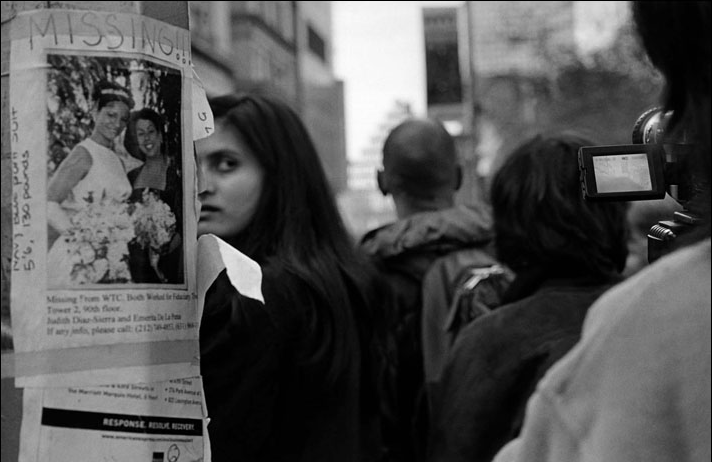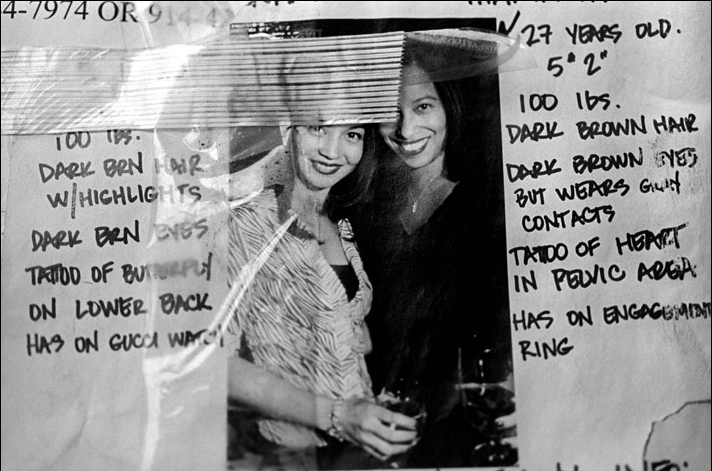Michael Kenna – Morning Traffic, Midtown, New York City, USA, 2000
1,This is an image that is used to give off a message. With the use of black and white I felt that this image was very powerful, Yet peaceful being that there wasn’t too much going on in the image. I also feel the use of emphasized texture, and lines are elements that make this photo really strong.
2, what I think the photographers intentions were with this picture, were to be able to show us early morning traffic in NYC. What I got from this picture is, being that New York is such a busy city, which normally has large amounts of traffic, This picture was titled morning traffic which appeared to have very little traffic, which isn’t very normal for such a busy city. To me I think that this means that this picture was taken very early in the morning maybe around 5-6am. Being that the streets are empty and there are street and headlights on
3, In this image the photographer created a huge emphasis on the concrete floor in front of him, while having the distance blurred out. While in the distance you can view different light which represent all of the cars down the road. Also the concrete has emphasized texture in which the light from down the street is reflecting off of the wet concrete.
4, I feel that the technical matters help this image. I think that this image was meant to show us a different form of midtown traffic.
5, the graphic elements used in this photograph was a diagonal line. The first thing I happend to look at was the diagonal line in the concrete that I then followed upwards in the photo. And from there it leads to all the different lights from cars and streetlights that were blurred out.
6, What I found that this photograph reviled is that this image may have been taken really early in the morning being that there isn’t much traffic going on, as well as pedestrians on the street. Also I realized that this picture wasn’t taken long after it rained being that the concrete is still wet, in which there are still puddles and since the concrete is able to reflect light off of it.
7, This image has a really peaceful feel to it in my opinion. Being that this photo represents midtown traffic without it being much traffic, it kind of shows how there isn’t too much going on in the photo. Also I feel that the use black and white for this image was chosen so that you can focus on this image without the distraction. Since certain colors might instantly catch your eye and force you to look at it. The use of black and white leaves your attention undivided
8, the main thing that relates this photograph with the other photos by this artist is the use of black and white. Every image in this collection was taken in black and white and I feel that the photographer’s purpose was so that the viewer’s eyes can start off on an even plane when looking at the photo. By this not just one thing stands out as soon as you view the image. This can make different things in an image seem a lot more powerful serious and dramatic without the use of color. Also black and white photos can often give off this sort of classic and vintage feel to it. Another thing is the use of blur. With the certain things being blurred out, your attention is normally focused on everything that isn’t blurred out in the picture.







